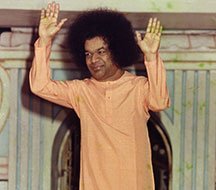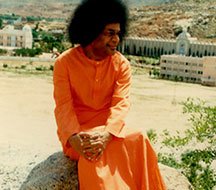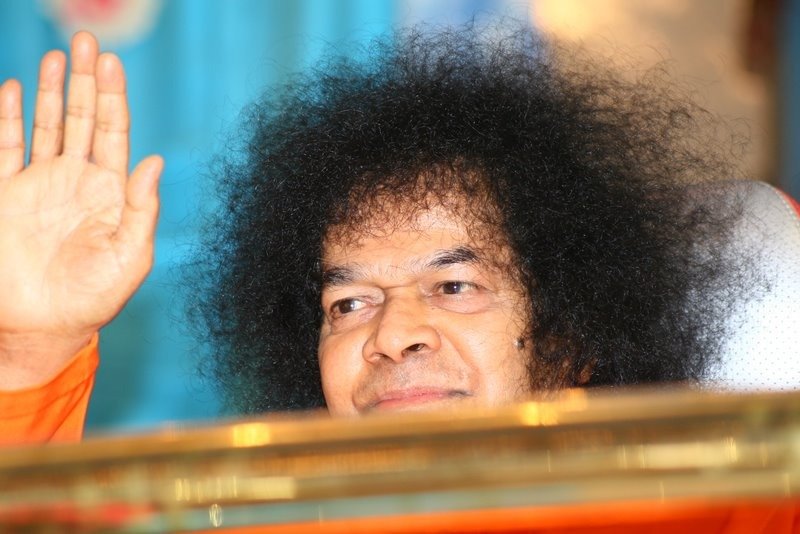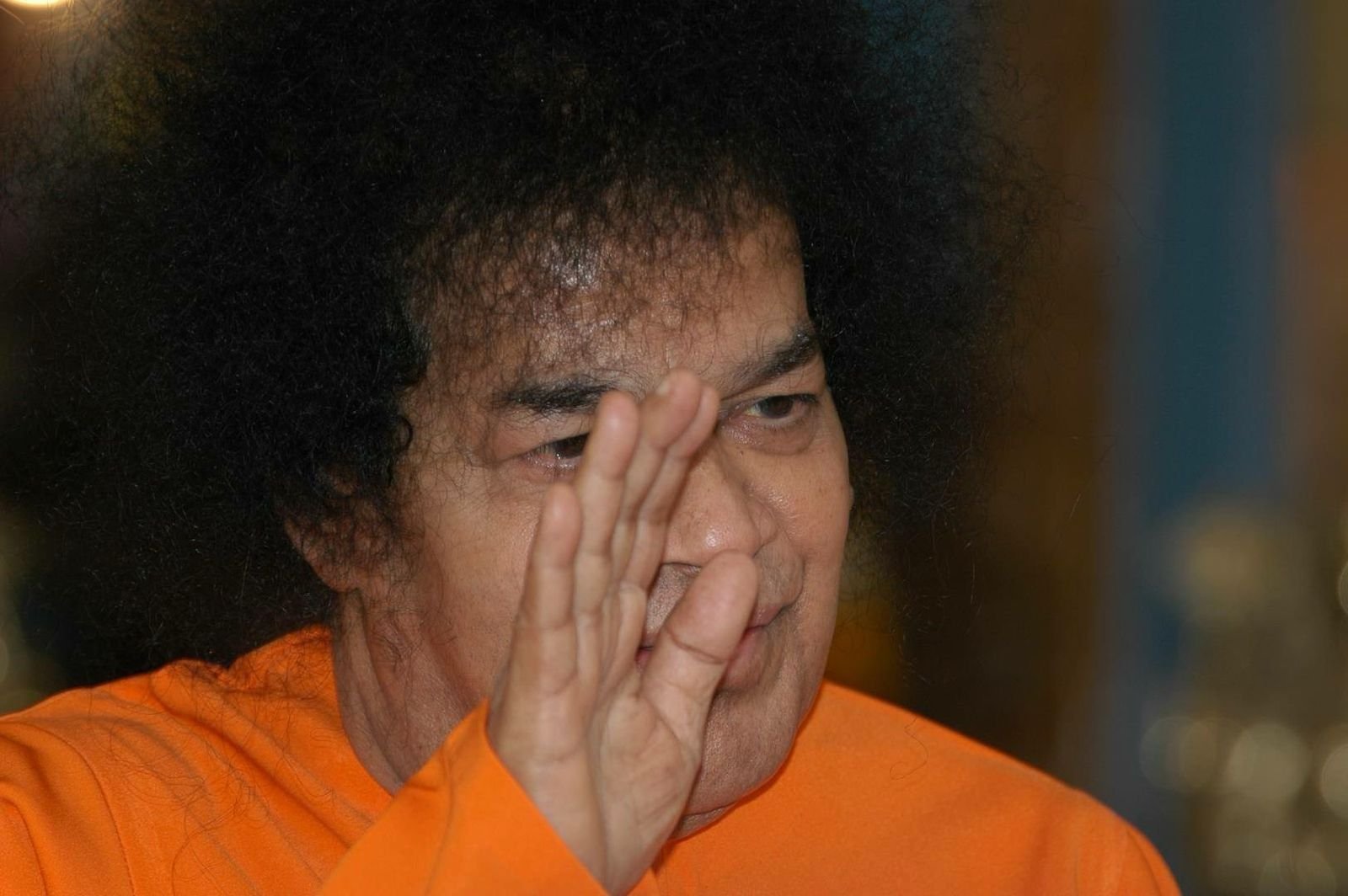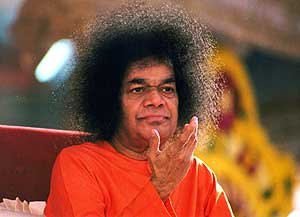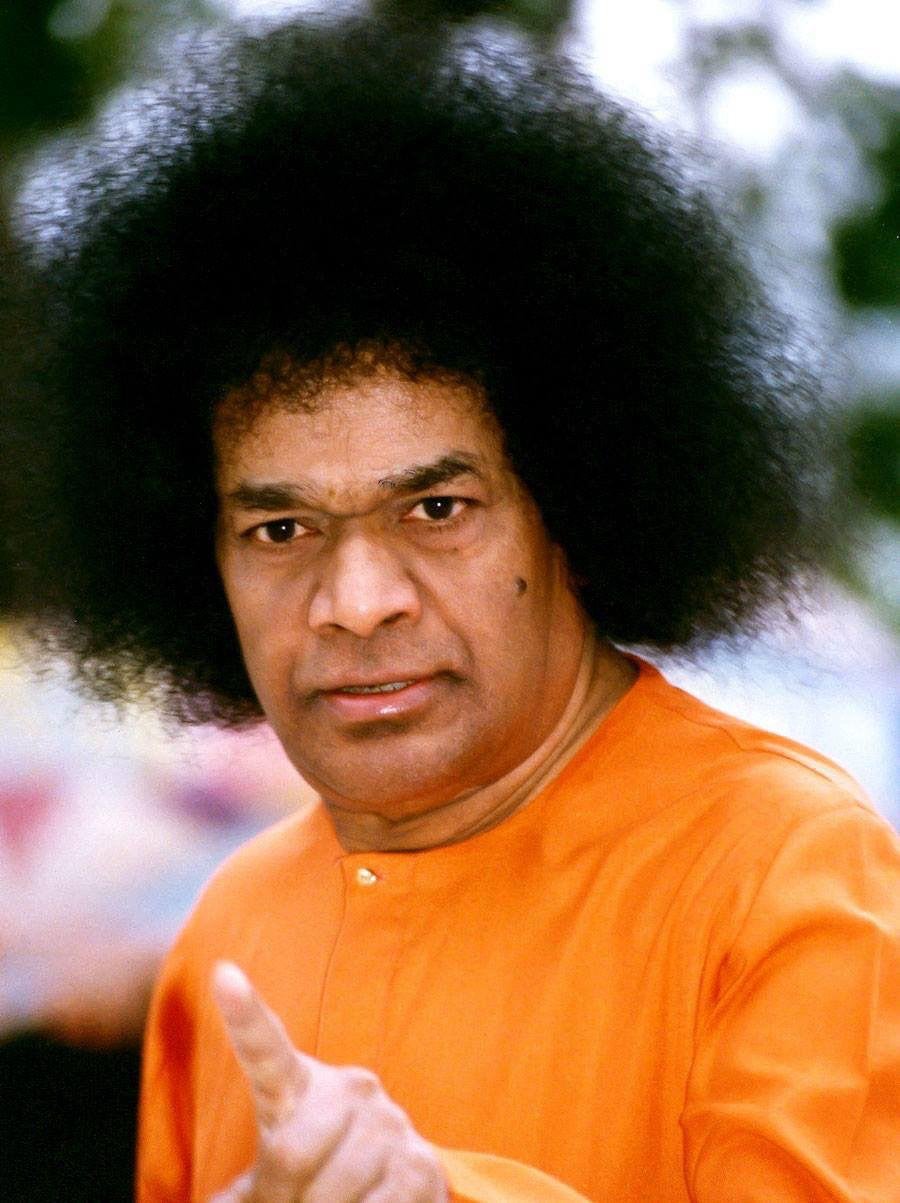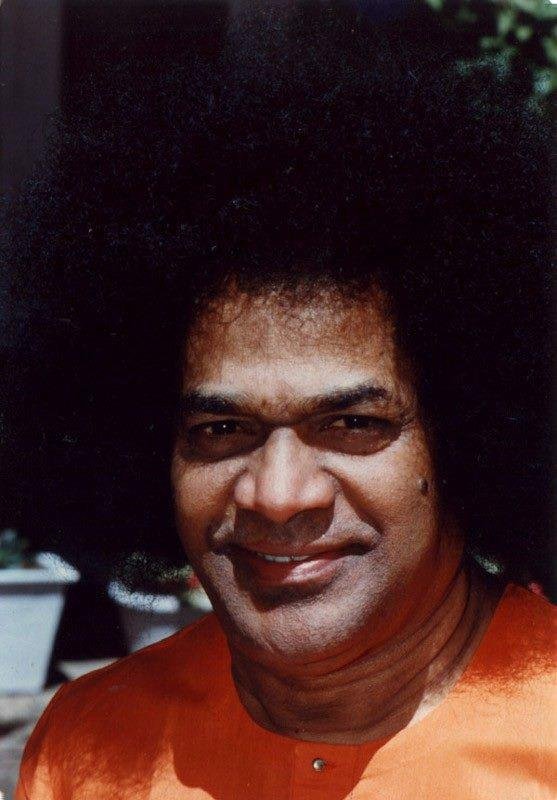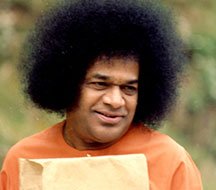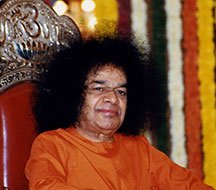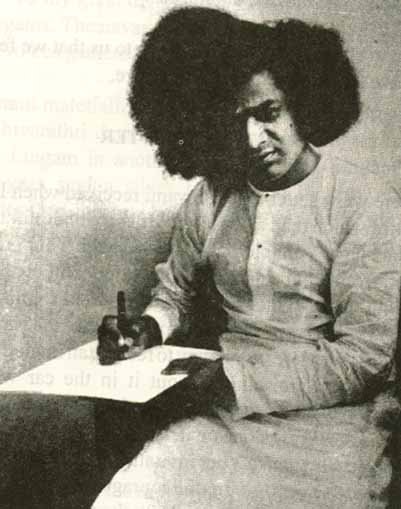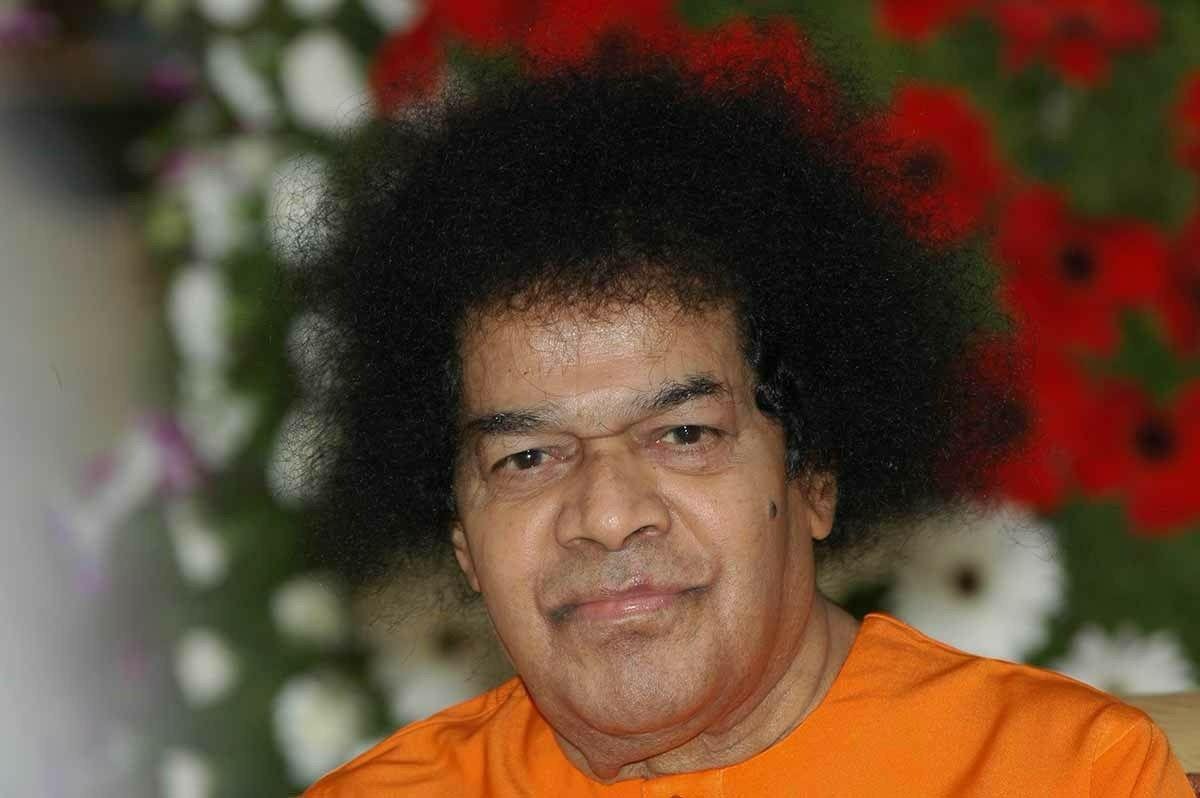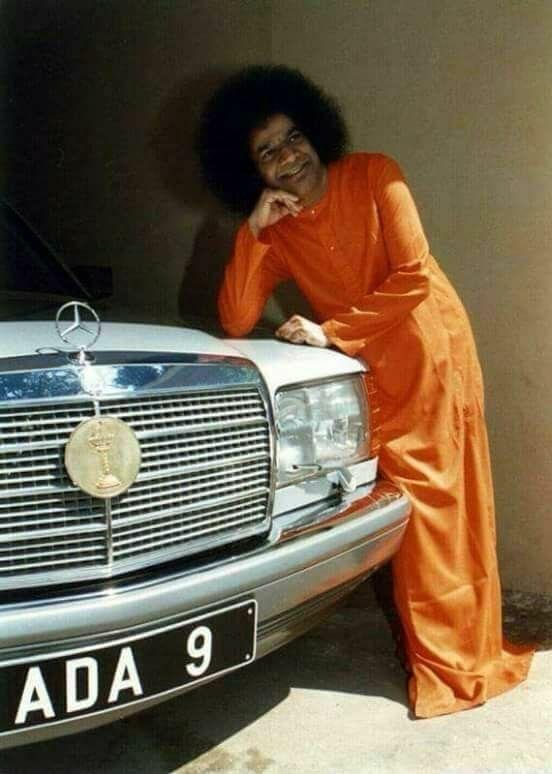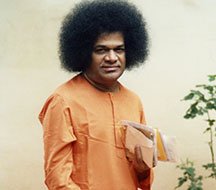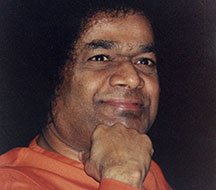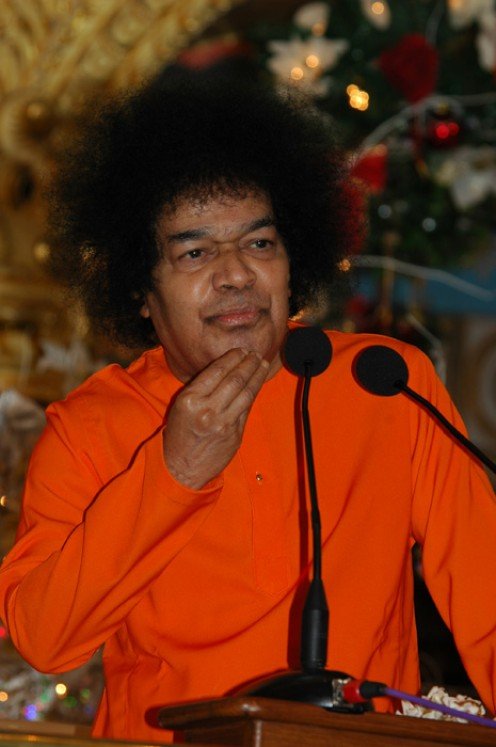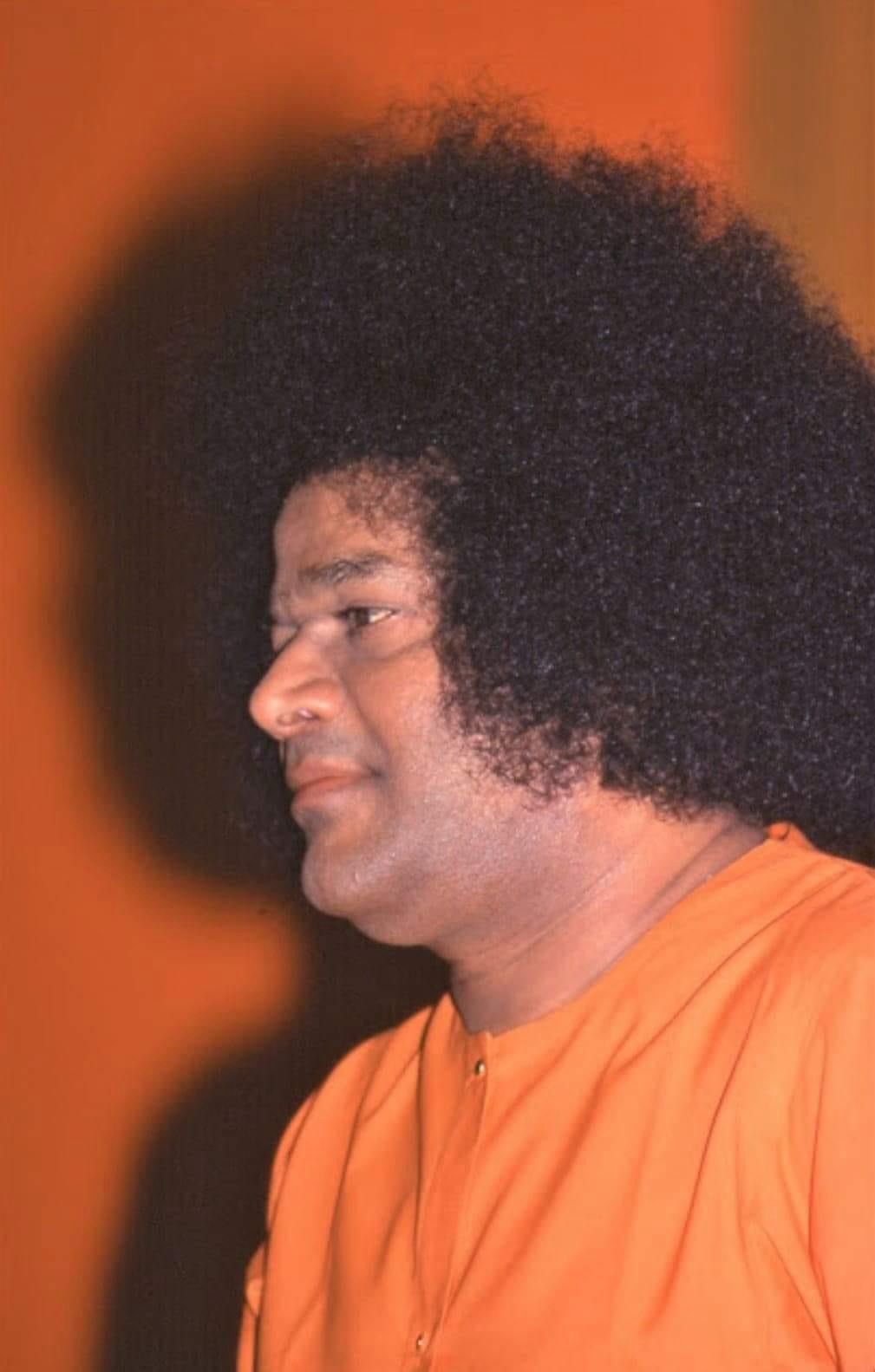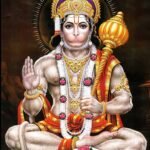
It was recognized as a UNESCO World Heritage Site in 1984.

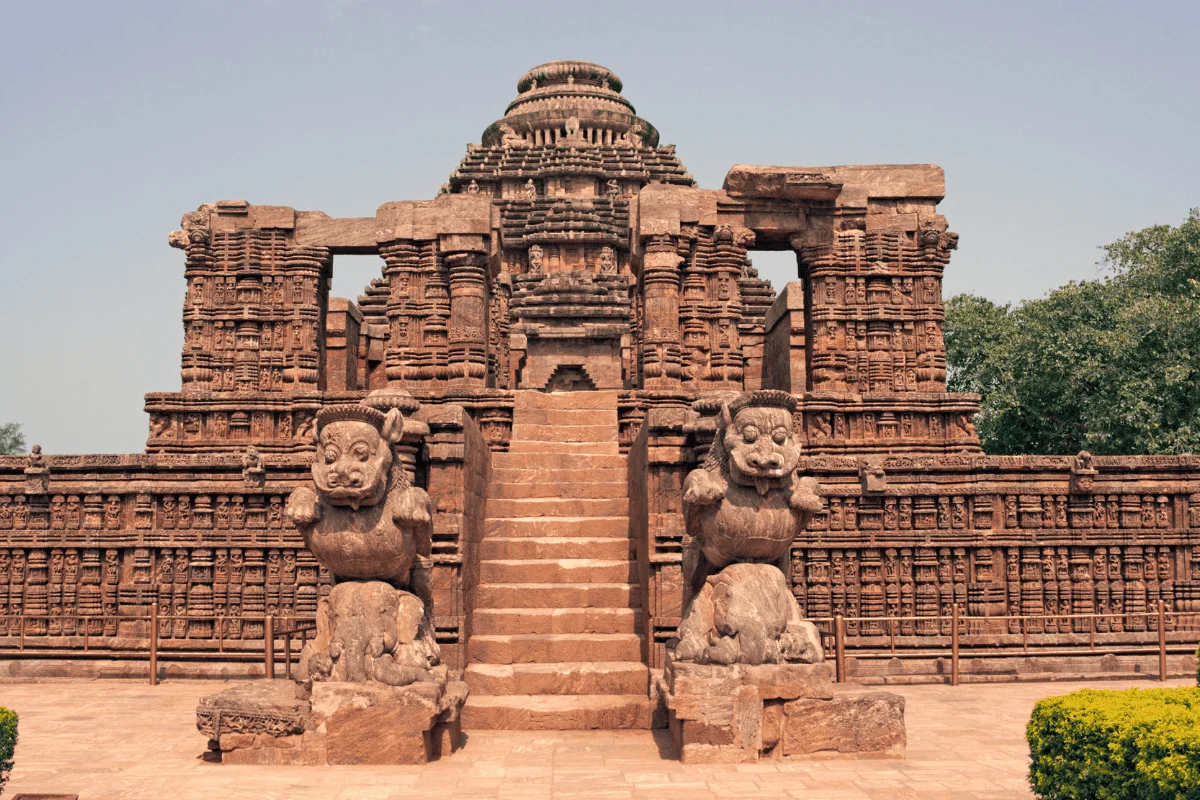




Architecture of the Temple
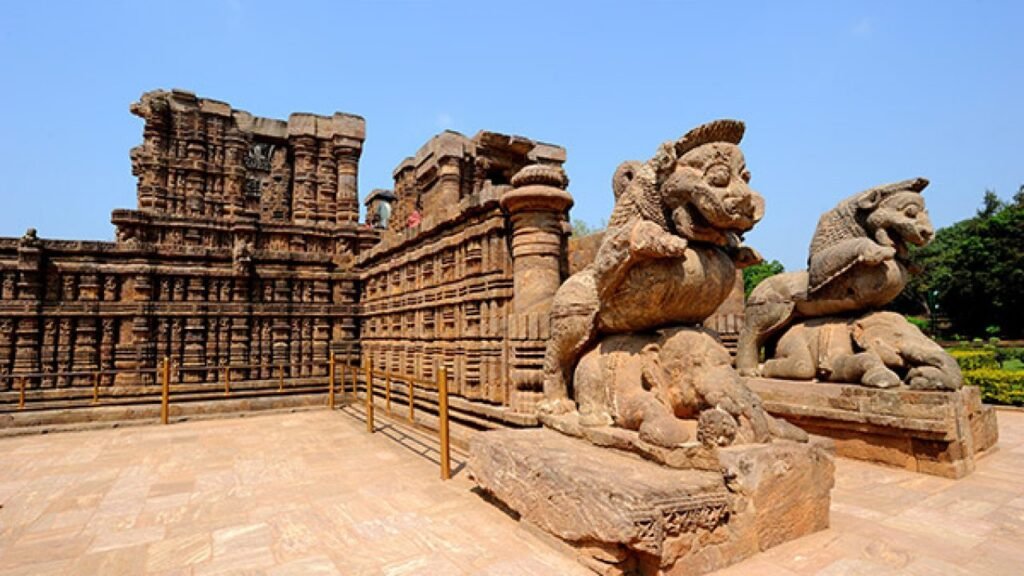
The temple’s chariot design with 24 wheels (representing months) and 7 horses (days) reflects cosmic alignment and time cycles; the wheels themselves function as sundials.
It is a masterpiece of Kalinga (Odisha) architecture, blending sacred geometry, iconography, and spiritual symbolism.
Konark’s grandeur continues to inspire culture and arts, even appearing on India’s ₹10 currency note.
How to Reach to Temple
Built in the Nagara/Kalinga style, the temple followed a square-plan mandala design. It included a rekha deul (sanctum), jagamohana (assembly hall), nata mandira (dance hall), and bhoga mandapa (offering hall).
The towering vimana once soared to approximately 229 ft, now lost, while the jagamohana (~128 ft) and nata mandira still stand.
Built from chlorite, khondalite, and laterite, materials were sourced from distant regions—testament to ancient logistics and craftsmanship.
The temple’s wheels and horses are masterfully carved imagery, with deeper layers of artistic storytelling like erotic scenes, courtly life, and divine beings.

Temple Timings



